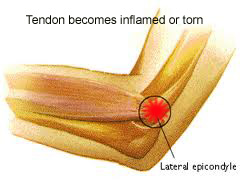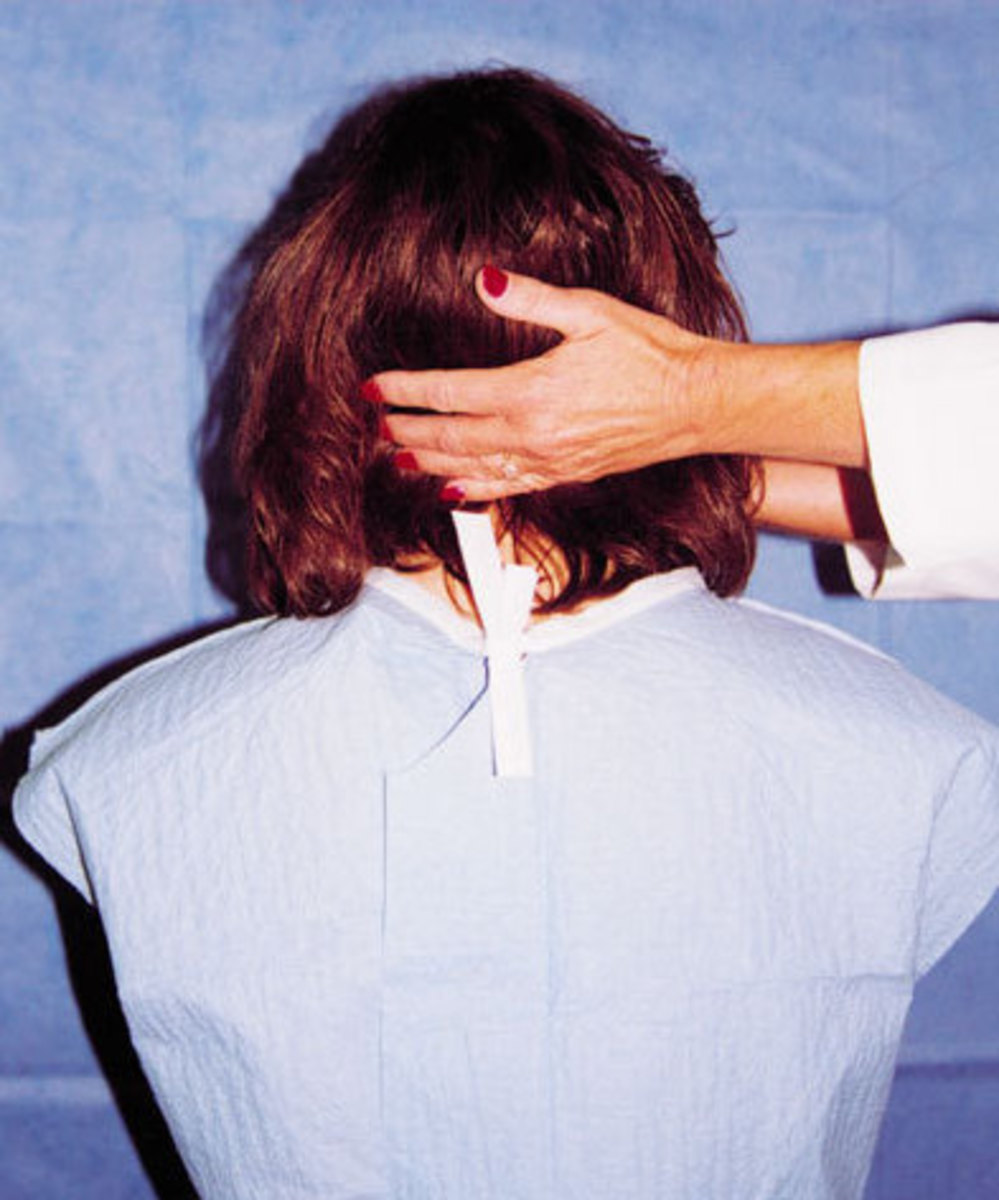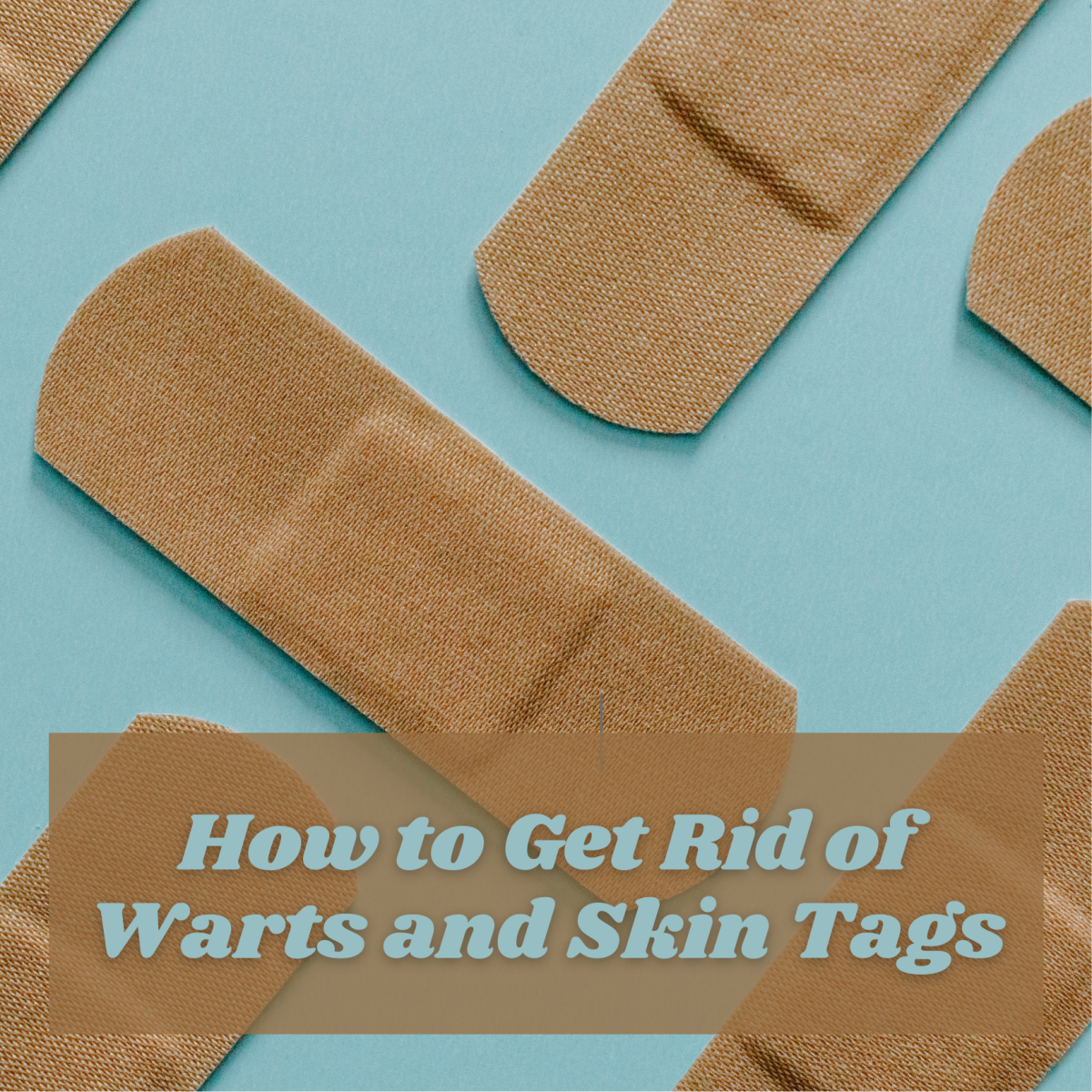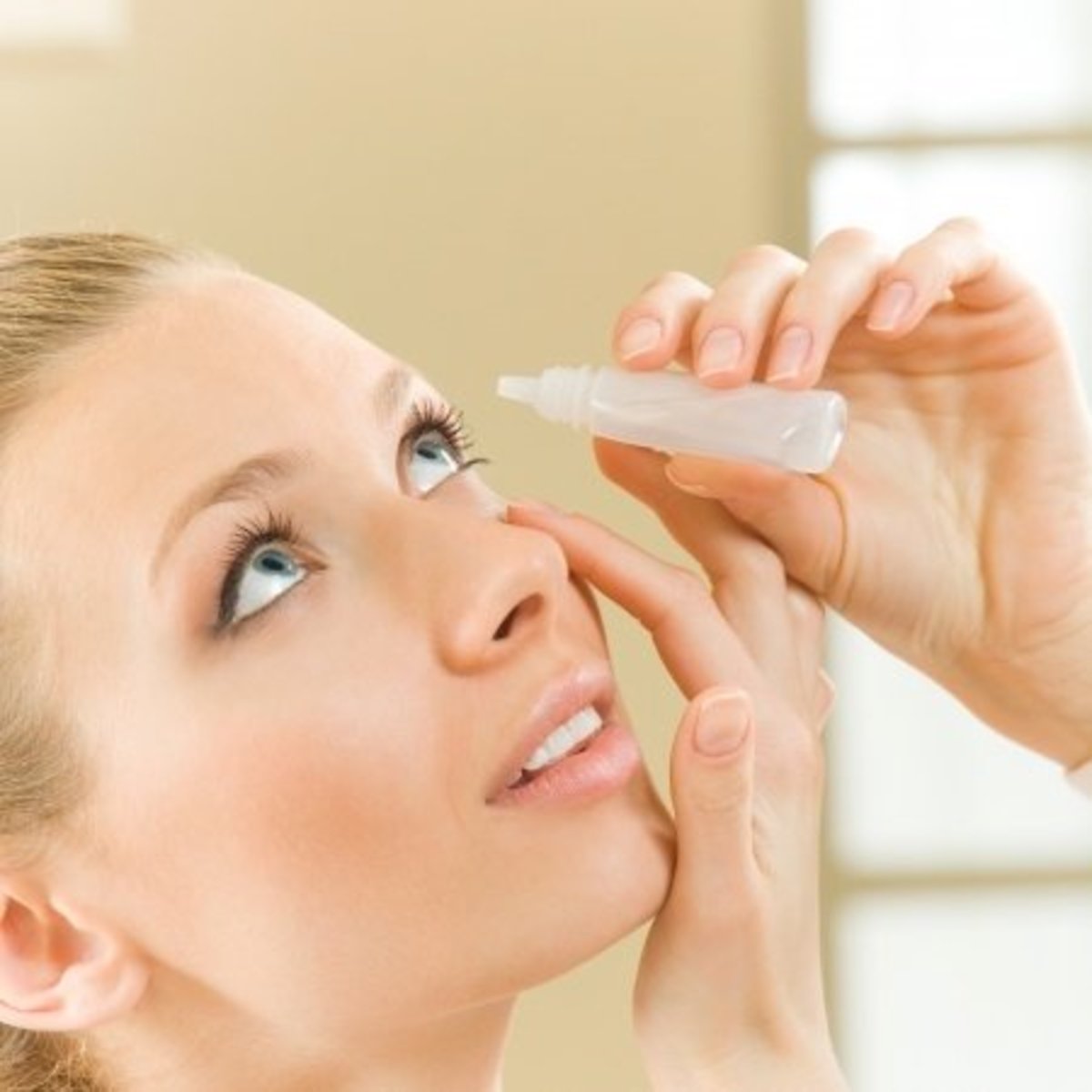Tips on How to Treat Tennis Elbow at Home
Tennis elbow? But I have never played tennis a day in my life! Well, guess what? You don’t have to be a tennis player to come down with a good case of tennis elbow. Actually, most statistics show that only 1 out of 9 cases actually come from playing tennis. The medical term for tennis elbow is “Lateral Epicondylitis” and it is sometimes simply referred to as tendonitis.
Over the past few months my wife and I have both been battling the pain of tennis elbow. Through our ordeal, we have learned quite a bit about the condition that affects thousands of people a year. In fact, since I developed this problem, I have come across many of my friends and co-workers who also suffer with the painful symptoms of this injury.
Most cases of tennis elbow are minor discomforts and do not require a trip to the doctor. However, if you are experiencing severe pain that has lasted for more than 1 or 2 months, then you may want to consider visiting your doctor to determine if your problem is something more serious. A case of tennis elbow could last as long as 24 months if not treated properly and lead to more severe damage of tendons. This article aims to give you tips on how to treat tennis elbow at home and avoid a needless and costly trip to a physician.

Cause of Tennis Elbow
What causes tennis elbow? Believe it or not, there really is no definitive answer, but most experts agree that it is triggered by a strain of the forearm muscles used to conduct a repetitive activity such as swinging a tennis racket. Everyday activities that cause a repetitive strain could include things like turning a screwdriver, carrying bags or shoveling snow. The amount of routine tasks that could lead to tennis elbow is endless, which makes diagnosing the exact cause very difficult.
What Are the Symptoms of Tennis Elbow?
The common symptoms of tennis elbow include sharp pain on the outside of the elbow at the point where the forearm muscle ends. It can also be sensitive to touch. Tendonitis of the elbow will also cause pain when doing any activity that requires repetitive wrist movement. The pain can be sharp enough to prevent you from doing something as simple as picking up a book or telephone receiver. I routinely carry a clipboard in my vehicle as part of my job and I can tell you that picking up that clipboard from the passenger seat was agonizing for several weeks, yet I could perform other tasks that required much more strength without much pain.
How to Treat Tennis Elbow at Home
First and foremost, the best treatment for tennis elbow is to rest the affected area as much as possible. Sometimes this is not possible with work requirements, but you want to avoid using the arm as much as you can. While resting the arm, try putting an ice pack on the elbow area to alleviate swelling and reduce irritation. Some experts suggest using a wrap or some type of tennis elbow treatment brace to immobilize the arm and prevent the muscle and tendons from rubbing against the bone. Taking anti-inflammation medication like Ibuprofen can also help reduce irritation caused by the repetitive motion of the muscle and tendons. There are also a couple of good exercises that will help strengthen the affected muscle, but great care should be taken to avoid any further damage to the elbow area. These exercises should be performed slowly for short amounts of time at first, gradually building up strength and endurance over time.
More Exercise Ideas
- The first exercise involves taking a towel and slowly rolling it up while performing a wringing-like motion with your hands. Do this exercise several times throughout the day, but don’t overdo it.
- The second exercise is to take any object that can easily be grasped by one hand, but has a little weight to it (a very light weight dumbbell would be perfect) and sit with your forearm resting on a support. The support could be the arm of a chair or even your thigh; it really doesn’t matter as long as your hand extends beyond the support. When the object is in your hand, your palm should face the floor. Gradually raise the object using nothing but your wrist, which will probably be pretty painful at first. Over time, your forearm muscles should strengthen and the pain should begin to subside.
Severe Tennis Elbow
Sometimes tennis elbow conditions can be more serious and require aggressive measures to cure. When this is the case, seek professional medical care to determine treatment options. Chronic tendonitis can sometimes be treated by injections of corticosteroids. However, some doctors may advise against the option because it has the possibility of masking the pain and allowing further damage to occur when the joint is overused. Also, once injections are started, it may take more every few weeks and quickly become expensive. As a final option, the most severe cases may require surgery to repair the tendons that have become inflamed and damaged.
How to Prevent Tennis Elbow
By observing a few simple precautions, tennis elbow can easily be prevented. Anytime you are about to perform a task that requires repetitive arm or forearm motion, conduct a few warm-up stretches and exercises for the arms. Once you complete the task, do a few cool-down stretches on the affected muscles. You also want to avoid lifting anything heavy with one arm that could put a major strain on the forearm and elbow tendons. Examples include lifting and carrying luggage or carrying buckets of anything heavy. Finally, try to avoid any movements that cause repeated stress o the elbow joint.
Suggested Resources
- Mayo Clinic Comprehensive Overview of Tennis Elbow
Tennis elbow — Comprehensive overview covers symptoms, treatment, prevention of this common overuse injury. - Guide to Tennis Elbow
Information on tennis elbow, its causes, diagnosis, prevention, and treatment options. - Physical Therapy Corner: Tennis Elbow
Physical therapy options for tennis elbow pain









